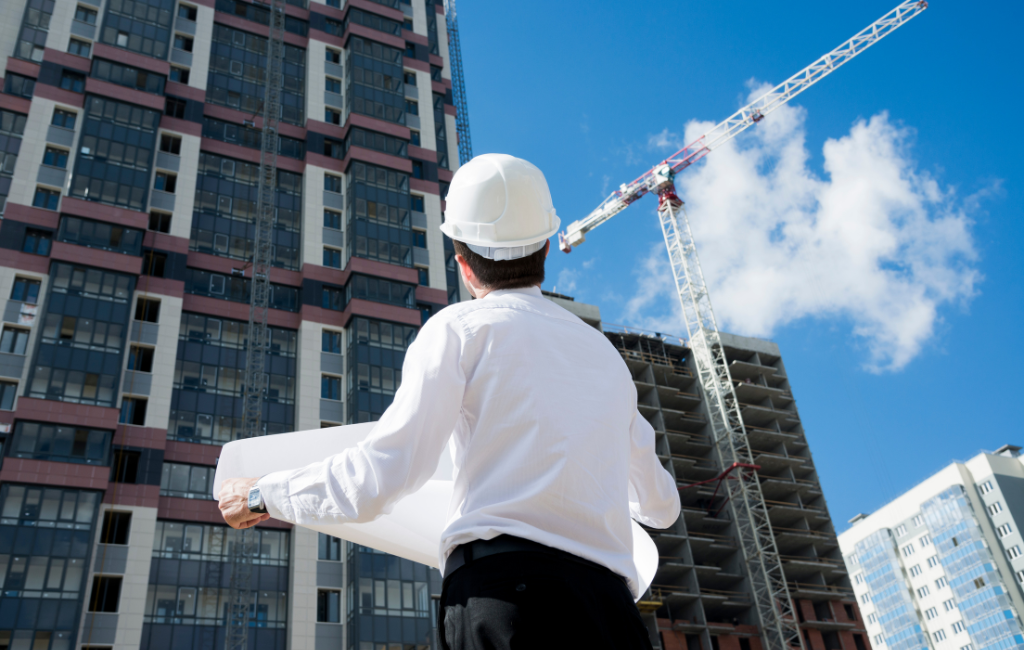Architect: Crafting Innovative and Functional Spaces
Architecture is more than just designing buildings; it is about creating spaces that are both innovative and functional. Architects play a pivotal role in shaping the environments where we live, work, and play. This article explores the multifaceted responsibilities of architects, the principles they follow, and the impact of their work on society.
The Role of an Architect
Architects are responsible for the conceptualization, design, and construction of buildings and other structures. Their work involves a blend of creativity and technical knowledge. They must consider aesthetics, functionality, safety, and sustainability in their designs.
Key Responsibilities
- Designing buildings and structures
- Creating detailed blueprints and plans
- Ensuring compliance with building codes and regulations
- Collaborating with engineers, contractors, and clients
- Overseeing construction projects
Principles of Innovative and Functional Design
Architects adhere to several principles to create spaces that are both innovative and functional. These principles guide their design process and help them achieve their goals.
Sustainability
Sustainability is a key consideration in modern architecture. Architects strive to design buildings that minimize environmental impact. This includes using eco-friendly materials, incorporating energy-efficient systems, and designing for longevity.
Functionality
Functionality is at the core of architectural design. Architects must ensure that their designs meet the needs of the users. This involves understanding the purpose of the building and the activities that will take place within it.
Aesthetics
Aesthetics play a significant role in architecture. Architects aim to create visually appealing structures that enhance the surrounding environment. This involves careful consideration of form, color, texture, and proportion.
Impact on Society
The work of architects has a profound impact on society. Well-designed buildings and spaces can improve quality of life, foster community, and promote sustainability.
Case Study: The High Line, New York City
The High Line in New York City is a prime example of innovative and functional design. This elevated park was created from a disused railway line. It has transformed the surrounding area, providing green space in a densely populated urban environment. The project has been praised for its sustainability, functionality, and aesthetic appeal.
Case Study: The Eden Project, Cornwall, UK
The Eden Project in Cornwall, UK, is another example of architectural innovation. This complex of biomes houses a variety of plant species from around the world. The design incorporates sustainable practices, such as rainwater harvesting and natural ventilation. The Eden Project has become a major tourist attraction and educational resource.
Statistics and Trends
Several trends are shaping the field of architecture today. These trends reflect the evolving needs and priorities of society.
Green Building
Green building is a growing trend in architecture. According to the World Green Building Council, green buildings can reduce energy consumption by up to 30% and water usage by up to 50%. This trend is driven by increasing awareness of environmental issues and the desire to create sustainable communities.
Smart Buildings
Smart buildings are another emerging trend. These buildings use advanced technologies to improve efficiency and comfort. For example, smart lighting systems can adjust based on occupancy and natural light levels. The global smart building market is expected to reach $109 billion by 2026, according to MarketsandMarkets.
Adaptive Reuse
Adaptive reuse involves repurposing existing buildings for new uses. This trend is gaining popularity as a way to preserve historical structures and reduce waste. A report by the National Trust for Historic Preservation found that building reuse can save between 50% and 75% of embodied carbon emissions compared to new construction.
Conclusion
Architects play a vital role in shaping our built environment. By adhering to principles of sustainability, functionality, and aesthetics, they create spaces that enhance our lives and communities. The impact of their work is evident in projects like the High Line and the Eden Project, which demonstrate the power of innovative and functional design. As trends like green building, smart buildings, and adaptive reuse continue to evolve, architects will remain at the forefront of creating spaces that meet the needs of society.

